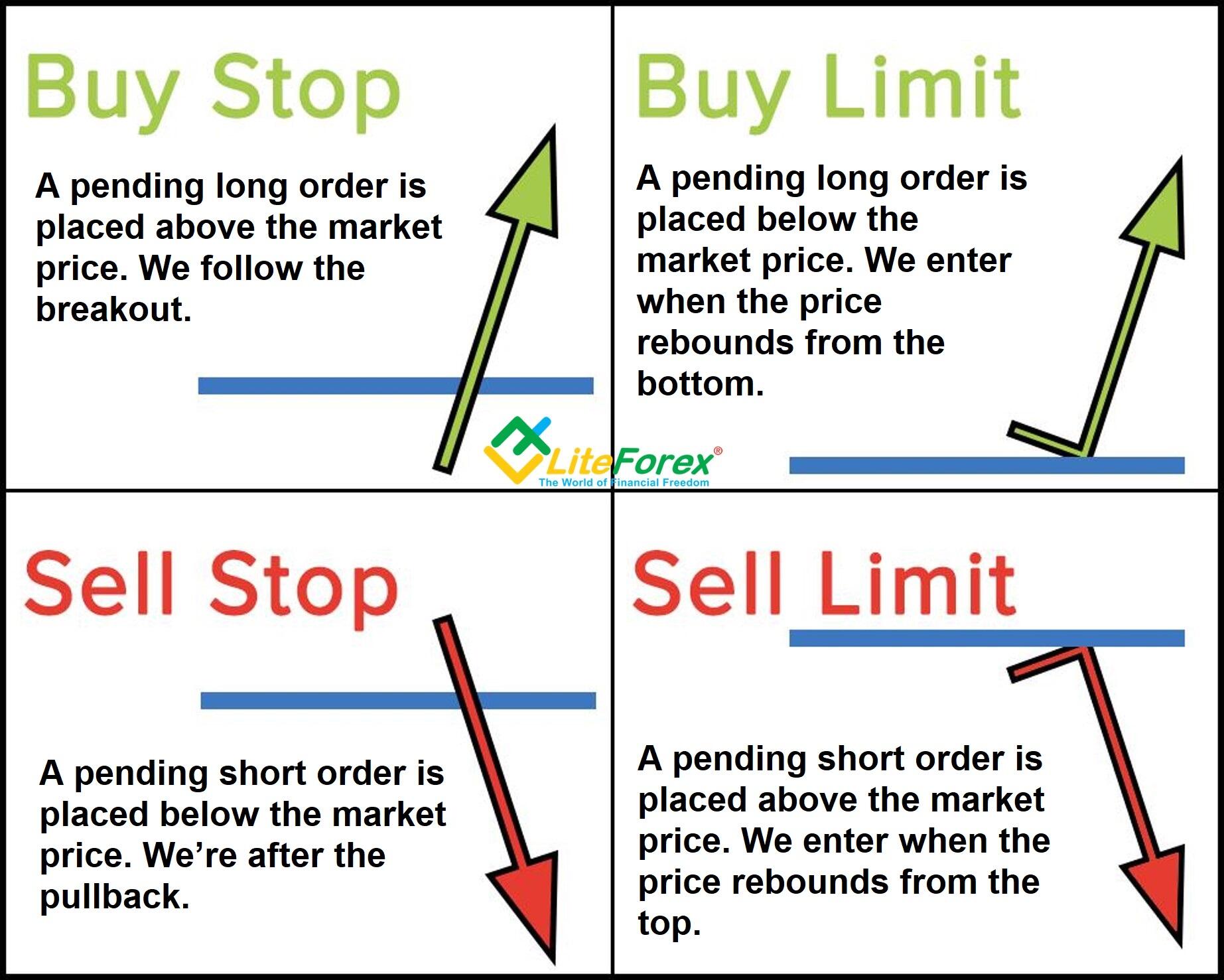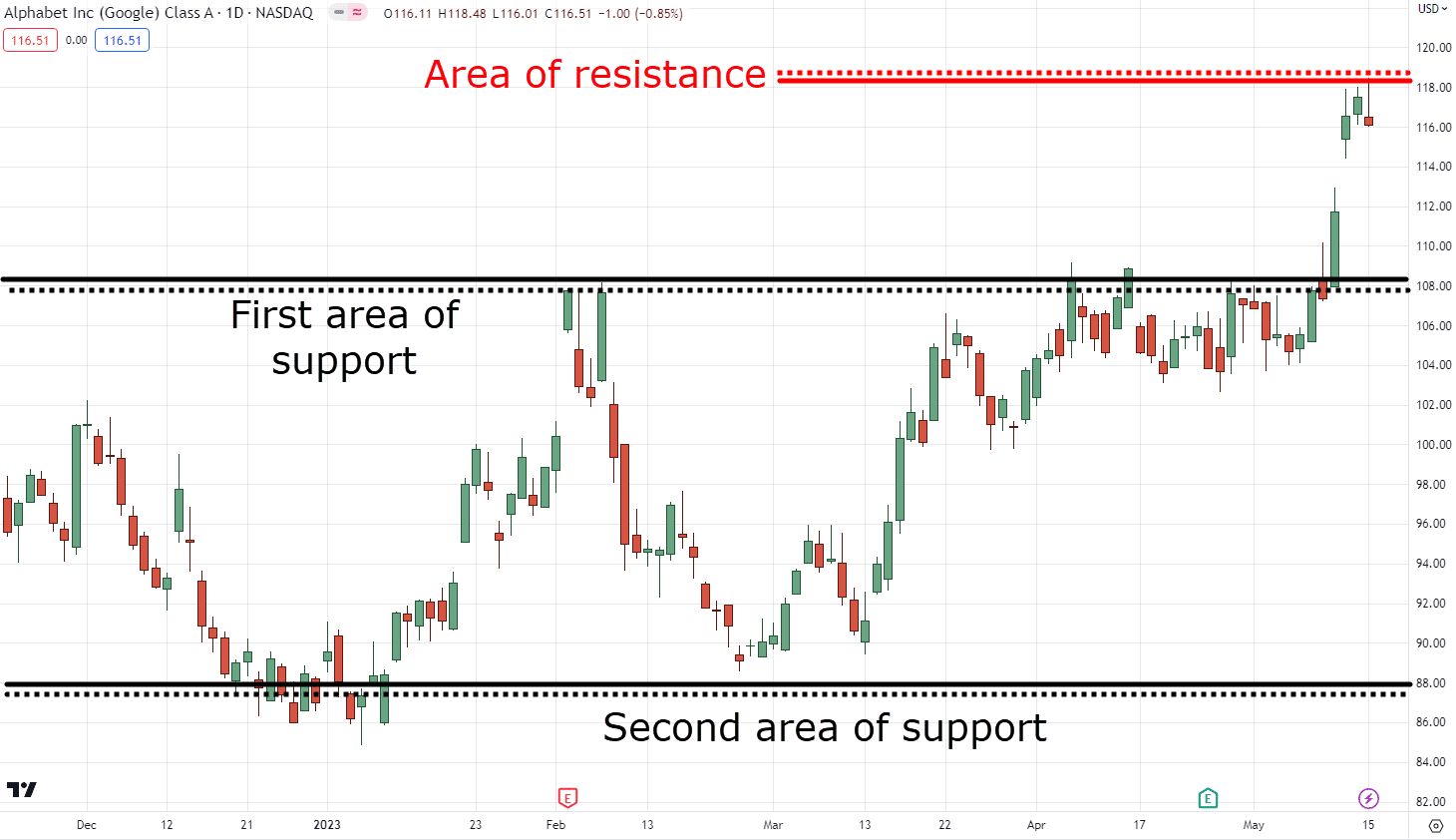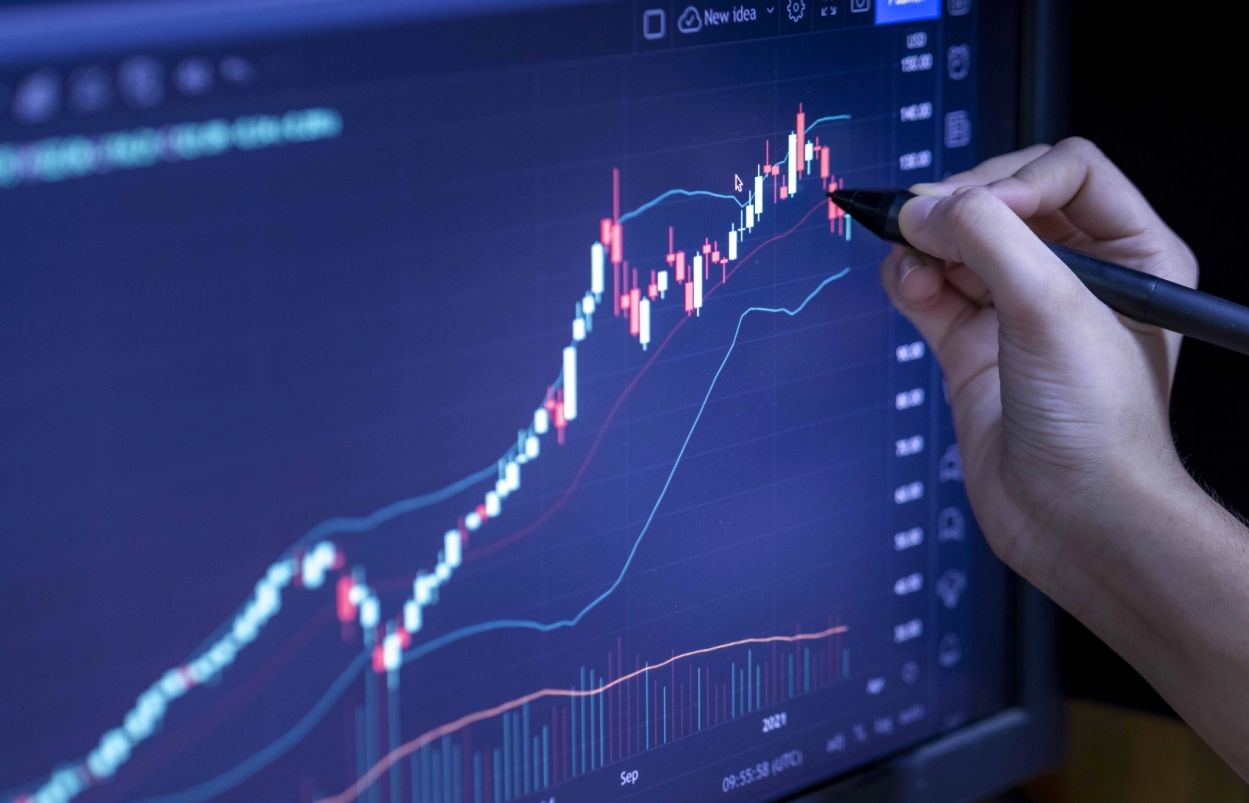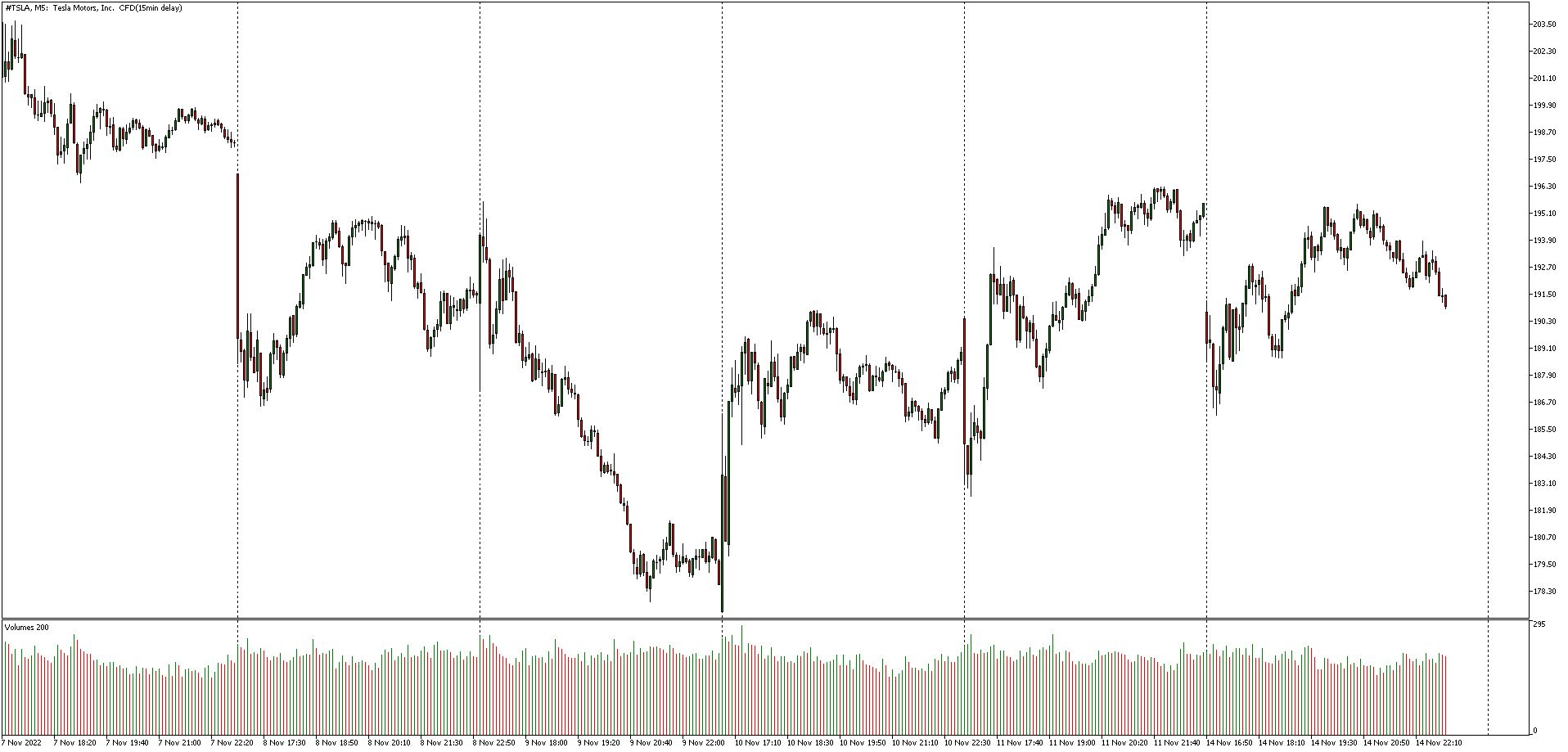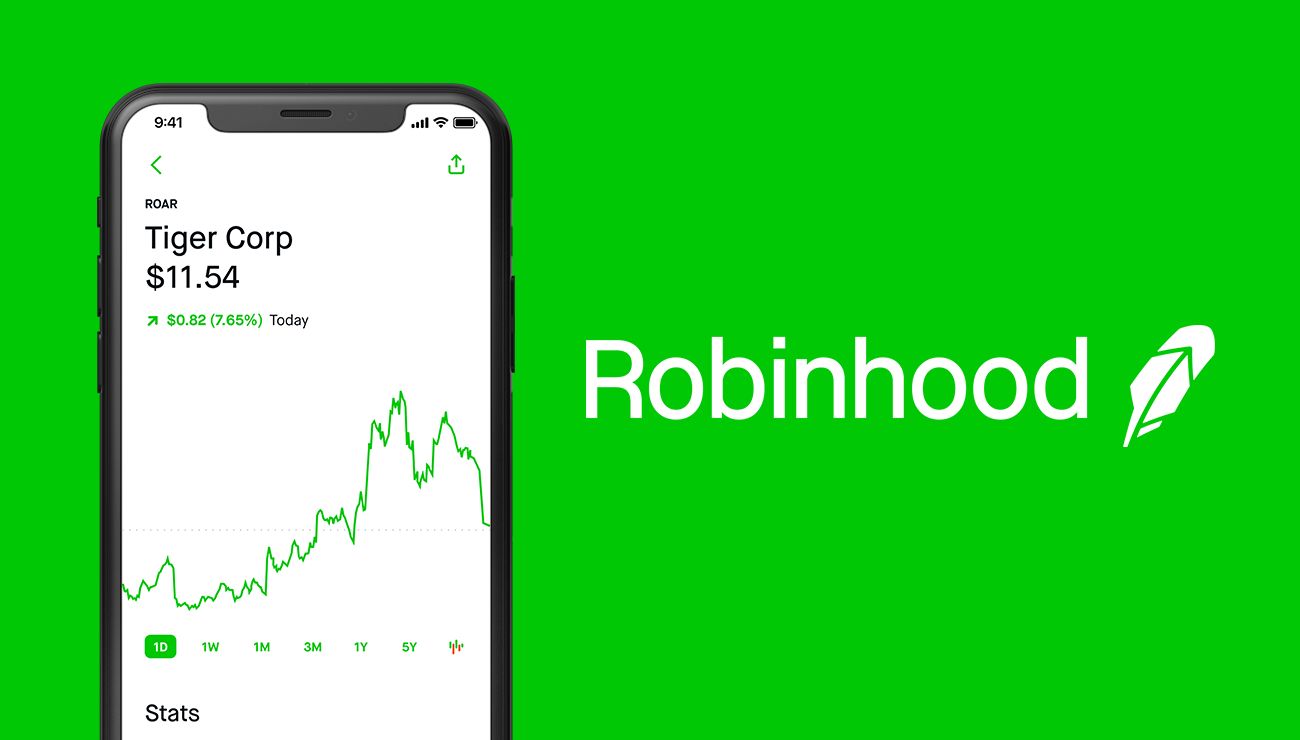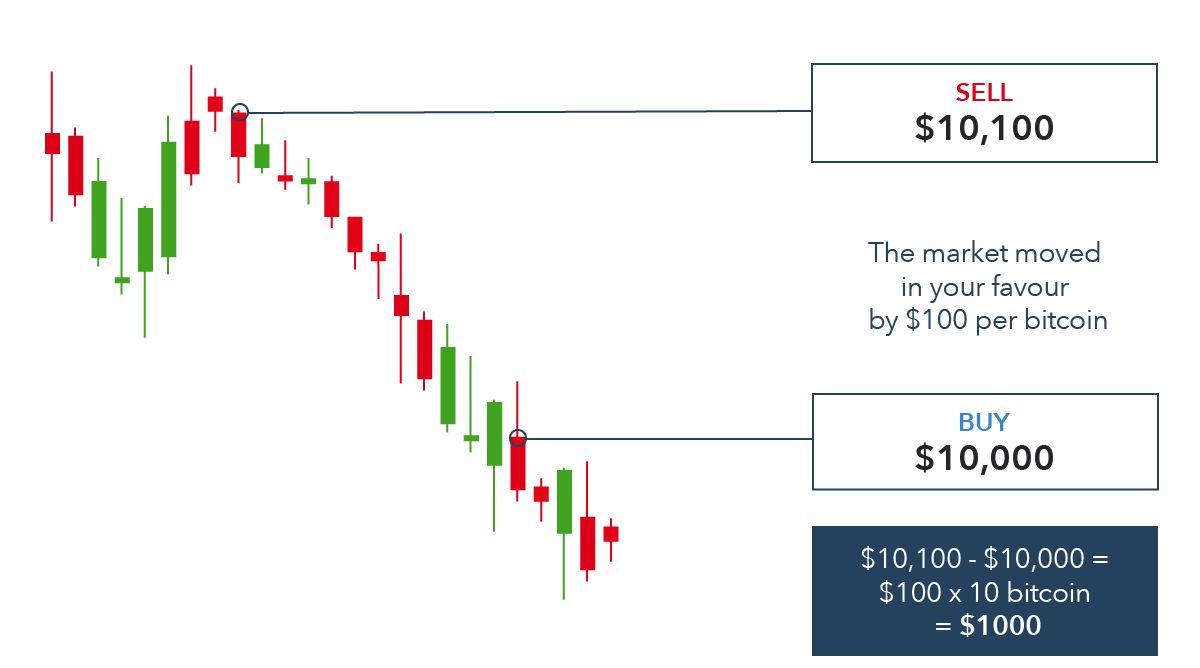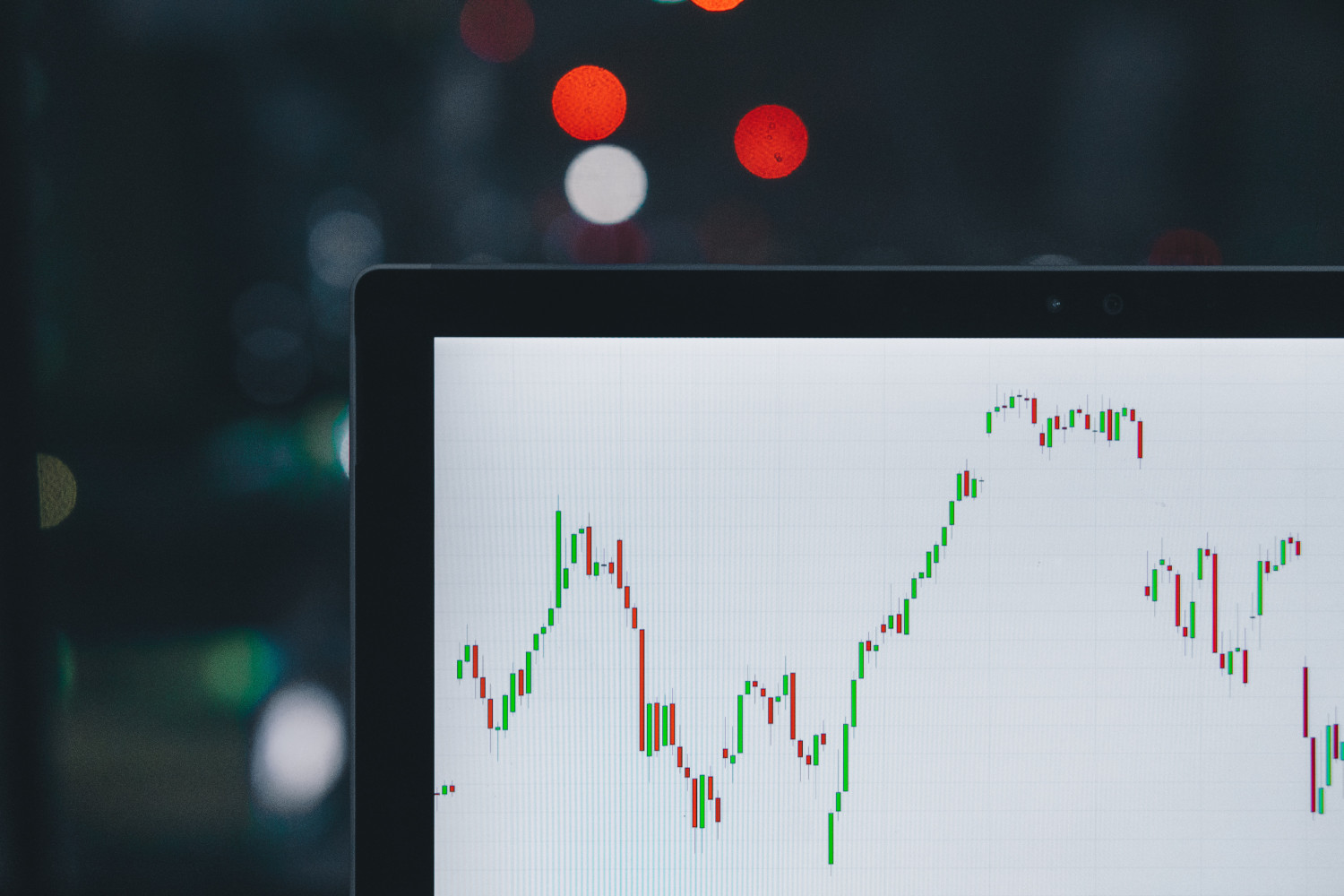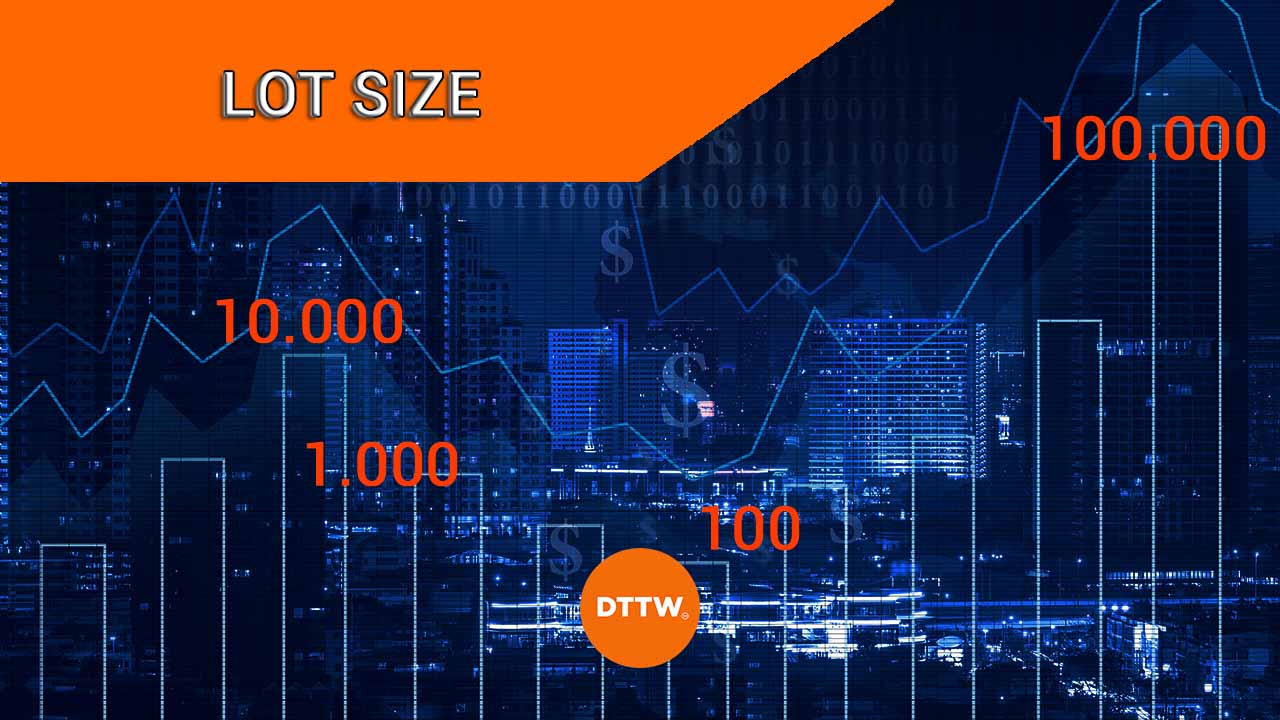Introduction
Welcome to the world of stock trading, where the fast-paced and volatile nature of the market presents both opportunities and risks to investors. To navigate this complex landscape successfully, it’s crucial to have a good understanding of various trading strategies and order types. One such order type that traders frequently utilize is the stop limit order. In this article, we will explore what a stop limit order is, how it works, its advantages, risks, and provide examples to better illustrate its usage.
A stop limit order is a combination of two types of orders: the stop order and the limit order. It allows traders to set a specific price at which they are willing to buy or sell a stock. By using a stop limit order, traders have the ability to control both the price at which the order is triggered and the maximum price they are willing to pay or receive.
Understanding stop limit orders is essential because they offer unique advantages that can help traders manage their risk and maximize their potential gains. However, it’s important to recognize that there are also risks inherent in using stop limit orders, and they may not always be the most suitable order type for every trading situation.
In the following sections, we will delve deeper into the mechanics of stop limit orders, discuss their advantages and risks, provide real-world examples, and offer tips on how to use them effectively. By the end of this article, you will have a solid foundation for incorporating stop limit orders into your trading strategy, enabling you to make more informed decisions and potentially improve your trading results.
Definition of a Stop Limit Order
A stop limit order is a type of order placed by traders to buy or sell a security at a specific price or better. It combines elements of a stop order and a limit order, giving traders a greater level of control over their trades.
With a stop limit order, traders set two price levels: the stop price and the limit price. The stop price is the trigger price at which the order is activated, converting it into a limit order. The limit price, on the other hand, is the maximum price at which the trader is willing to buy or sell the security. Once the stop price is reached, the order is executed as a limit order at the specified limit price or better.
For example, let’s say an investor owns shares of XYZ stock, which is currently trading at $50 per share. They want to protect their profits in case the stock price drops. They can place a stop limit order with a stop price of $45 and a limit price of $43. If the stock price reaches $45, the order is triggered and converted into a limit order. The investor’s shares would then be sold at a price of $43 or better, protecting their profits.
It’s important to note that stop limit orders can be placed for both buying and selling securities. In a buying scenario, the stop price would be set above the current market price, while the limit price would be the maximum price the trader is willing to pay. In a selling scenario, the stop price would be set below the current market price, while the limit price would be the minimum price the trader is willing to receive.
Stop limit orders are versatile tools that can be used in various trading strategies. They are particularly useful in volatile markets, where prices can change rapidly. By setting specific price levels, traders can automate their trades and protect themselves from unexpected price movements.
Overall, the key concept of a stop limit order is the combination of a stop price and a limit price. It provides traders with precise control over their trades, allowing them to set specific entry or exit points and mitigate their risk exposure.
How Does a Stop Limit Order Work?
A stop limit order operates based on a predetermined trigger price, at which the order is activated and converted into a limit order. This order type allows traders to specify both the activation price and the price at which they are willing to execute the trade. Let’s explore the step-by-step process of how a stop limit order works:
- Setting the stop price: The trader determines the stop price, which is the price at which the stop limit order will be triggered. For example, if a stock is currently trading at $50 and the trader wants to sell if the price drops to $45, they would set the stop price at $45.
- Setting the limit price: Once the stop price is reached, the stop limit order is activated and converted into a limit order. The trader specifies the limit price, which is the maximum or minimum price they are willing to buy or sell the security. For instance, if the trader wants to sell at a price of $43 or better, they would set the limit price at $43.
- Order execution: When the market price reaches or surpasses the stop price, the stop limit order is triggered and becomes a limit order. At this point, the order is sent to the exchange for execution. It is important to note that execution is not guaranteed, as it depends on market liquidity and price movement.
- Potential outcomes: Once the stop limit order is triggered, there are several potential outcomes. If the market price reaches the limit price specified by the trader, the order is executed at or better than the limit price. If the market price does not reach the limit price, the order may remain unfilled, and the trader can choose to modify or cancel the order.
It’s crucial to understand that stop limit orders do not guarantee execution, particularly in fast-moving or illiquid markets. There is a possibility of the market price bypassing the specified limit price, resulting in the order remaining unfulfilled.
Traders should also consider the duration of the stop limit order. Like other types of orders, stop limit orders can be set for specific durations, such as day orders (which expire at the end of the trading day) or good-till-cancelled orders (which remain active until manually canceled).
Overall, the workings of a stop limit order involve setting a stop price to trigger the order, specifying a limit price for execution, and understanding the potential outcomes based on market conditions. This order type provides traders with control and flexibility, allowing them to implement specific entry and exit points in their trading strategies.
Advantages of Using a Stop Limit Order
Stop limit orders offer several advantages that can greatly benefit traders in managing their risk and improving their trading strategies. Let’s delve into some of the key advantages of using a stop limit order:
- Price Control: One of the main advantages of a stop limit order is the ability to control both the activation price and the execution price. Traders can set the specific price at which they want the order to be triggered and the maximum or minimum price at which they are willing to buy or sell the security.
- Risk Management: Stop limit orders provide an effective risk management tool. By setting a stop price, traders can protect themselves from substantial losses if the market moves against their position. It allows for automated selling or buying when the predetermined stop price is reached, reducing the need for constant monitoring.
- Automation: Stop limit orders automate the buying or selling process once the stop price is reached. This can be particularly beneficial for traders who cannot continuously monitor the market or who have other commitments. It ensures that the order is executed according to the predetermined conditions, even if the trader is not actively monitoring the market.
- Discipline and Emotional Control: Implementing stop limit orders can help traders maintain discipline and emotional control in their trading strategies. It removes the temptation to make impulsive decisions based on short-term market fluctuations. Traders can confidently execute their predetermined plan without being influenced by fear or greed.
- Protection Against Volatility: Stop limit orders are especially useful in volatile markets, where prices can experience significant fluctuations. By setting specific price levels, traders can protect themselves from rapid price movements and unforeseen market events.
- Partial Fills: Another advantage of stop limit orders is the possibility of partial fills. If the market fluctuates within the specified price range, the order may be partially filled at different prices. This can be advantageous when liquidity is low or when there are multiple traders looking to execute orders at the same price.
It’s important to note that while stop limit orders offer significant advantages, they may not be suitable for all trading situations. Market conditions, liquidity, and volatility should all be considered when deciding to use a stop limit order. Traders should also understand the potential risks and limitations associated with this order type.
By harnessing the advantages of using a stop limit order, traders can enhance their risk management strategies, automate their trading process, and maintain discipline in their decision-making. It can be a valuable tool in a trader’s arsenal, providing greater control and protection in the dynamic world of stock trading.
Risks and Considerations
While stop limit orders offer advantages, it’s important for traders to be aware of the associated risks and considerations. Understanding these factors can help traders make informed decisions and mitigate potential pitfalls. Let’s explore some of the key risks and considerations when using stop limit orders:
- Execution Risk: Stop limit orders do not guarantee execution. In fast-moving markets or during periods of low liquidity, the market price may quickly surpass the limit price specified by the trader, resulting in the order remaining unfilled.
- Gap Risk: Gap risk refers to the possibility of a security’s price moving significantly between the market’s close and open, or during periods of high volatility. If a stop limit order is triggered during a market gap, the execution price may differ significantly from the expected limit price.
- Price Volatility: In highly volatile markets, stop limit orders may be subject to price slippage. This occurs when the executed price deviates from the specified limit price due to rapid price movements. Traders should consider setting more conservative limit prices to account for potential slippage.
- Partial Fills: While partial fills can be advantageous in certain scenarios, they can also be a potential risk. If a stop limit order is only partially filled and the remaining portion is not executed, the trader may be exposed to additional market risks without fully realizing their intended trade.
- Order Modification or Cancellation: Traders should be cautious when modifying or canceling stop limit orders. Making changes to the order, such as adjusting the stop or limit price, may result in a different execution outcome than originally intended. It’s essential to carefully review and understand the order details before making any modifications.
- Market Conditions: Traders should consider the current market conditions and volatility when using stop limit orders. In highly unpredictable markets, sudden price swings or extreme trading volumes may increase the chances of order execution issues or unintended consequences.
It is crucial for traders to conduct thorough research, stay informed about the market environment, and employ risk management strategies when using stop limit orders. It’s also recommended to test and practice with stop limit orders in simulated or low-risk trading environments before using them in live trading scenarios.
By being aware of the risks and considering these factors, traders can make more informed decisions and minimize potential pitfalls when utilizing stop limit orders. It’s essential to understand that stop limit orders are not foolproof and that market conditions can impact their effectiveness.
Examples of Stop Limit Order Scenarios
To gain a better understanding of how stop limit orders can be applied in real-world trading scenarios, let’s explore a few examples:
Example 1:
John believes that ABC stock, currently trading at $50 per share, will continue its upward trend but wants to protect his gains in case of a sudden downturn. He decides to place a stop limit order with a stop price of $45 and a limit price of $43. If the stock price drops to $45, the order is triggered and converted into a limit order. John’s shares will then be sold at a price of $43 or better, ensuring that he locks in a profit and minimizes potential losses.
Example 2:
Sarah wants to purchase XYZ stock, which is currently at $60 per share. However, she believes that the stock’s price is likely to rise further before she wants to buy it. In this case, she places a stop limit order with a stop price of $65 and a limit price of $67. If the stock price surpasses $65, the order is triggered, and it becomes a limit order to buy at $67 or better. This strategy allows Sarah to wait for confirmation that the stock has broken through her desired price before making the purchase.
Example 3:
Mark has identified a breakout pattern on LMN stock, which is currently worth $30 per share. He anticipates that the stock will continue its upward momentum and wants to ride the trend. Mark places a stop limit order to buy at a stop price of $35 and a limit price of $36. If the stock price reaches $35, the order is activated, and it becomes a limit order to buy at $36 or better. This way, Mark ensures that he buys the stock at a price within his desired range and can participate in the potential upside.
These examples demonstrate different scenarios where traders can employ stop limit orders to their advantage, whether it’s protecting profits, entering a trade at a specific price, or managing risk in a volatile market. By tailoring the stop and limit prices to their trading strategies and market expectations, traders can maximize the benefits of using stop limit orders to enhance their trading outcomes.
Tips for Using Stop Limit Orders Effectively
While stop limit orders can be powerful tools in a trader’s arsenal, it’s important to use them effectively to maximize their benefits. Here are some tips to consider when using stop limit orders:
- Set Realistic Stop and Limit Prices: Ensure that the stop and limit prices you set are within a reasonable range based on market conditions and price volatility. Setting overly tight or unrealistic prices may result in order execution issues or missed opportunities.
- Consider Technical and Fundamental Analysis: Utilize technical indicators, historical price patterns, and fundamental analysis to determine appropriate stop and limit prices. This can help you make more informed decisions and increase the probability of executing successful trades.
- Monitor Market Conditions: Keep a close eye on the market and adjust your stop limit orders accordingly. Market conditions can change rapidly, so regularly review and update your orders to align with the latest developments.
- Practice Risk Management: Implement proper risk management strategies by setting appropriate stop loss levels and position sizes. This will help protect your capital and reduce the potential impact of adverse price movements on your trading portfolio.
- Use Stop Trailing Orders: Consider utilizing stop trailing orders, which automatically adjust the stop price as the market price moves in your favor. This can help lock in profits and maximize potential gains while still providing a level of protection.
- Simulate and Test Strategies: Before implementing stop limit orders in live trading, simulate and test your strategies in a simulated or paper trading environment. This will allow you to familiarize yourself with the mechanics and understand the potential outcomes before risking real capital.
- Review and Monitor Orders: Regularly review and monitor your stop limit orders to ensure they align with your current trading goals. Adjust or cancel orders as needed based on changes in market conditions, news events, or your evolving trading strategy.
- Seek Education and Professional Advice: Continuously educate yourself about different trading strategies and stay informed about market trends. Consider seeking advice from professional traders or financial advisors who can provide guidance and insights into using stop limit orders effectively.
By following these tips and continuously refining your approach, you can optimize your use of stop limit orders and enhance your trading results. Remember, stop limit orders are just one tool in your trading toolkit, so it’s important to incorporate them into a holistic and well-rounded trading strategy.
Conclusion
Stop limit orders are valuable tools for traders, providing control, automation, and risk management in the dynamic world of stock trading. By understanding how stop limit orders work and considering their advantages, risks, and considerations, traders can make more informed decisions and improve their trading strategies.
These orders allow traders to set specific price levels to trigger the order and execute trades at predetermined prices. They provide the ability to control both the activation and execution prices, helping traders protect profits, manage risk, and maintain discipline in their trading approach.
However, it’s important to recognize the risks associated with stop limit orders, such as execution risk, gap risk, and price volatility. Traders should be prepared for potential market fluctuations and understand that stop limit orders do not guarantee execution.
To use stop limit orders effectively, traders should set realistic stop and limit prices, monitor market conditions, practice risk management, and continuously educate themselves about different trading strategies. Simulating and testing strategies before live trading, as well as seeking advice from professionals, can also be beneficial in refining their approach.
Incorporating stop limit orders into a comprehensive trading strategy can help traders automate trades, protect against volatility, and maintain discipline in their decision-making process.
Remember, the successful use of stop limit orders requires careful planning, market awareness, and ongoing evaluation of your trading goals and strategies. With the right knowledge and experience, stop limit orders can be a valuable tool in navigating the complexities of stock trading and improving your overall trading performance.







